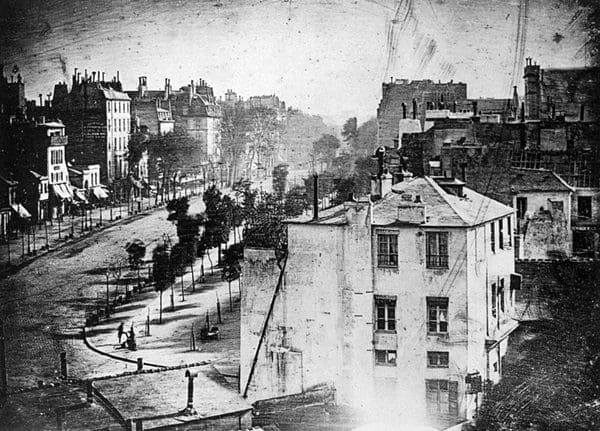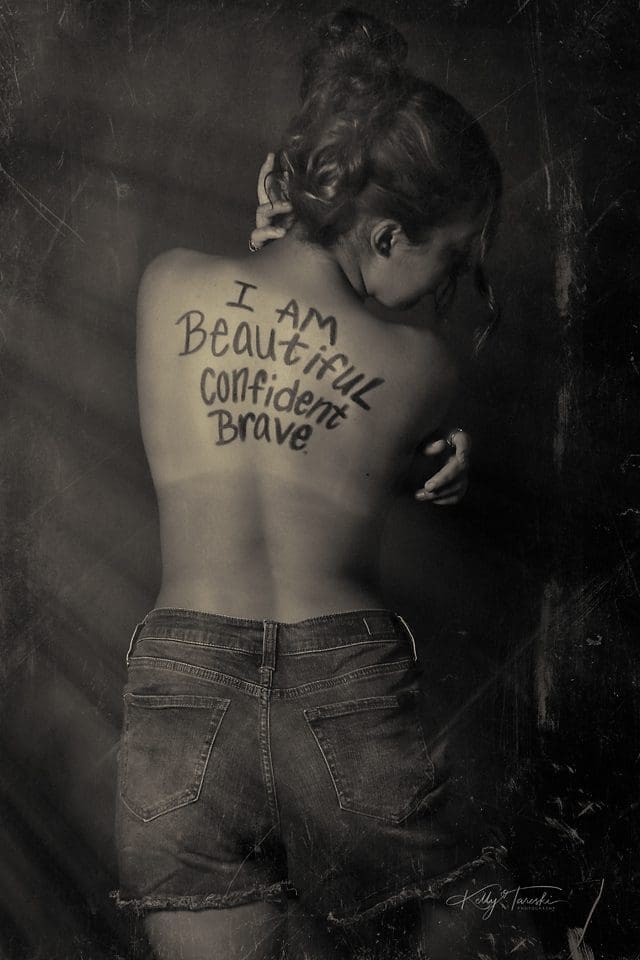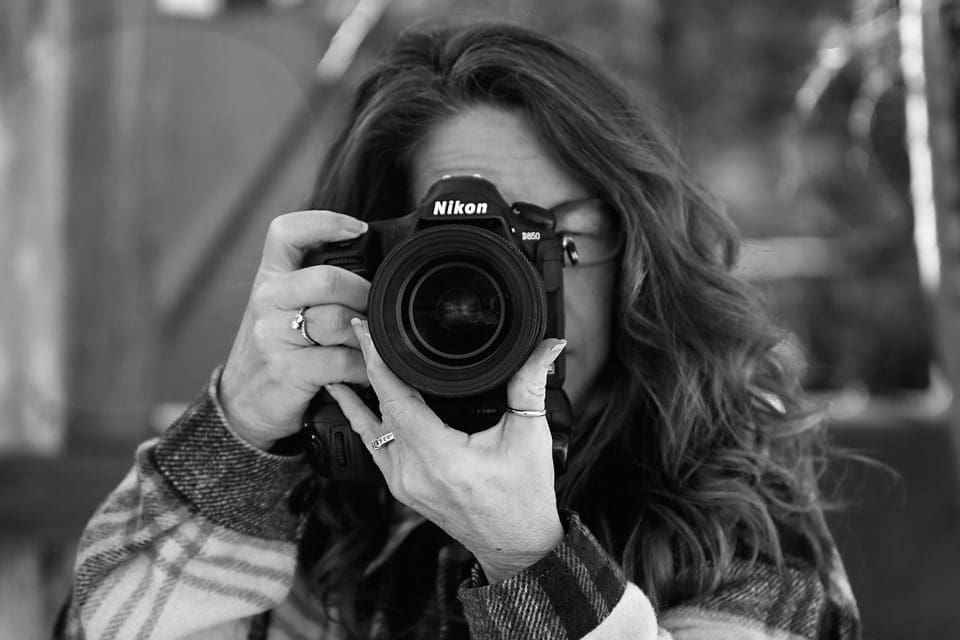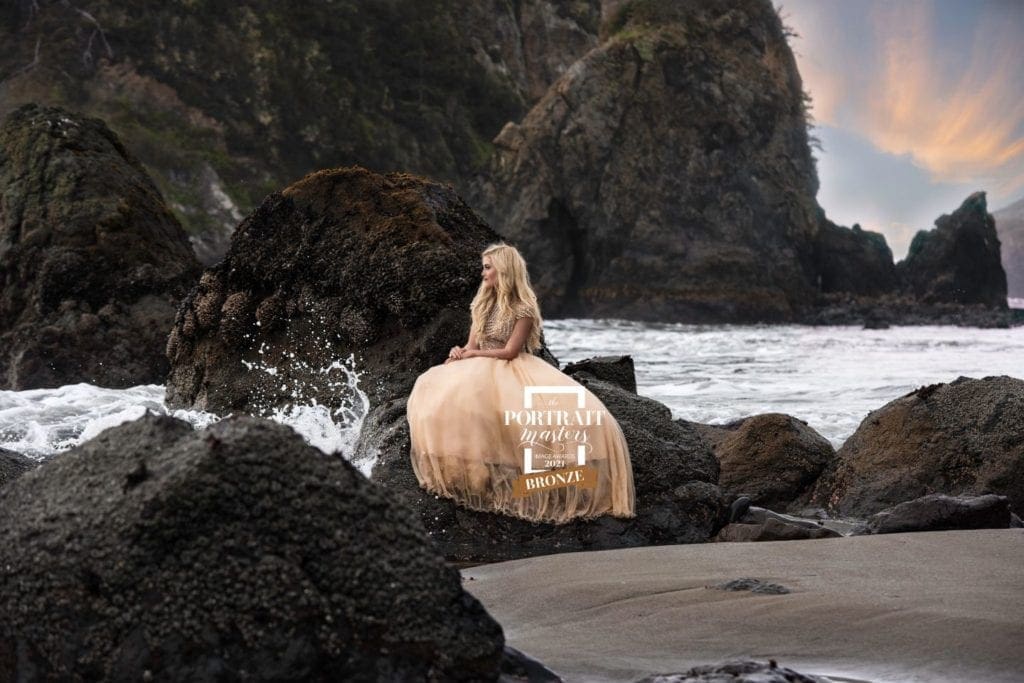
The Evolution of Photography
>>Photo Credit<<
The Evolution of Photography
The Evolution of Photography: Capturing Moments Through Time
Photography has come a long way since its inception in the early 19th century. From the first grainy images captured on paper to the high-resolution digital photographs of today, the art and science of photography have undergone a fascinating evolution. This article will explore the history of photography, taking you through the various milestones and breakthroughs that have shaped how we capture and preserve our memories.
Early Beginnings: The Camera Obscura and Heliography
The roots of photography can be traced back to the ancient Greeks and Chinese, who discovered the concept of the "camera obscura." This natural optical phenomenon occurs when light passes through a small hole, projecting an inverted image of the scene outside onto a surface inside a darkened room or box. Artists and scientists used the camera obscura to study light and create realistic drawings, but they could not permanently capture the images it produced.
Fast forward to the early 19th century, when French inventor Joseph Nicéphore Niépce developed the first photographic process known as "heliography." In 1826, he successfully produced the earliest surviving photograph—an image of the view from his window—by exposing a pewter plate coated with bitumen to sunlight for several hours. However, heliography was slow and impractical, requiring extremely long exposure times and resulting in low-quality images.
The Birth of Modern Photography: Daguerreotypes and Calotypes
In 1839, fellow Frenchman Louis Daguerre introduced the daguerreotype, a significant improvement over heliography. Daguerreotypes were created using a silver-coated copper plate exposed to iodine vapor, creating a light-sensitive layer of silver iodide. After a brief exposure to light, the plate was developed using mercury vapor, which reacted with the silver iodide to produce a visible image. Finally, the plate was fixed using sodium thiosulfate solution, making the image permanent.
The daguerreotype process produced highly detailed images with relatively short exposure times, quickly gaining popularity. However, it had its limitations, including the inability to make multiple copies of a single image and the fragility of the silver plates.
Meanwhile, William Henry Fox Talbot was working on an alternative photographic process called the calotype in England. Invented in 1841, the calotype involved exposing light-sensitive paper to create a negative image that could be used to produce multiple positive prints. While the image quality was not as sharp as daguerreotypes, the calotype's ability to make multiple copies from a single negative marked a significant milestone in the evolution of photography.
The Wet Collodion Process: A New Era of Photographic Possibilities
In 1851, Englishman Frederick Scott Archer introduced the wet collodion process, which combined the best features of daguerreotypes and calotypes. The process involved coating a glass plate with a mixture of collodion (a solution of cellulose nitrate) and potassium iodide, then dipping it into a silver nitrate solution to create a light-sensitive layer of silver iodide. The plate was exposed to light while still wet and developed immediately afterward.
The wet collodion process resulted in high-quality images with relatively short exposure times and allowed for the production of multiple copies. It became the standard for photographic processes throughout the 1850s and 1860s, enabling the rise of portrait studios and the documentation of events like the American Civil War.
However, the process had its drawbacks, such as the need for a portable darkroom and the fact that the plates had to be prepared and developed on-site, making it challenging to use in the field.
Dry Plates, Roll Film, and the Birth of Amateur Photography
The invention of the dry plate process in the 1870s by Englishman Richard Leach Maddox revolutionized photography once again. By using gelatin instead of collodion, photographers could prepare their plates beforehand and develop them later, eliminating the need for a portable darkroom.
In 1888, George Eastman introduced the Kodak camera, which used a roll of flexible film instead of individual plates. The Kodak camera's slogan, "You press the button, we do the rest," encapsulated its simplicity. With the development of roll film, photography became accessible to the general public, leading to the rise of amateur photography.
The Transition to Color and Digital Photography
Color photography was first introduced in the early 20th century with the invention of the Autochrome Lumière, a glass plate coated with microscopic grains of dyed potato starch. However, color photography did not become widespread until the mid-20th century, with the introduction of Kodachrome and Ektachrome films by Eastman Kodak.
The digital revolution began in the late 20th century, with the invention of the charge-coupled device (CCD) in 1969, followed by the development of the first digital camera by Steven Sasson at Kodak in 1975. As digital technology advanced, the quality and affordability of digital cameras improved, eventually overtaking film cameras in popularity.
Today, smartphones have placed high-quality digital cameras in the hands of billions of people worldwide, making photography more accessible than ever before. The evolution of photography continues as advancements in technology give rise to new techniques, such as computational photography, which combines multiple images taken at different exposures to create a single, high-quality photograph.
Conclusion
From the camera obscura to the latest innovations in digital photography, the evolution of photography has been driven by a desire to capture moments in time and share them with others. As technology advances, it is exciting to imagine what the future of photography holds and how it will continue to shape our understanding of the world around us.
Citations
Related Articles to Education
-
Preparing For Your Family Photos – Spokane
-
Spokane Photography – Showcasing a Region
-
Spokane Photographers – How To Choose
-
More about Children’s Photography In Spokane
-
What is a Professional Photographer?
-
The Importance of Senior Portrait Photography Spokane
-
Legacy Portrait Photography in Spokane
-
Prepare with Pinterest Spokane Boudoir
-
Choosing Professional Portrait Photography Spokane
-
The Importance of Children’s Photography in Spokane
-
How to Choose A Photographer In Spokane
-
Indoor Photography Studios Spokane – Kelly Tareski Photography
-
How to choose the right photographer
-
Benefits of Accreditation for Photographers
-
Why Hiring An Accredited Photographer Matters
-
My Journey to Accreditation – The Portrait Masters
-
Elevating Spokane Modeling Photography
-
Ultimate Survival Guide for a Family Photo Shoot
-
Top Ten Questions to Ask a Professional Photographer
-
Your Guide To Choosing A Professional Photographer
-
A Journey through 10 Diverse Photography Genres
-
Hair and Makeup for Portrait Photography Spokane – Kelly Tareski Photography
-
A Comprehensive Guide to Capturing Stunning Portraits
-
The Four Seasons of Portrait Photography
-
The Difference Between Graduation Photos and Senior Pictures
-
Black and White VS Color Photography
-
The History Of Spokane Photographers
-
Top Ten Life Events That Call for a Professional Photographer
-
The Evolution of Photography
-
A Labor of Love-Building The Warehouse Door Garden Gate
-
Five Tips for Nailing Your Boudoir Photography Shoot
-
Lifestyle Photography Sessions Explained
-
The Ultimate Guide to Capturing the Perfect Family Portrait
-
Step into the Dramatic Grey Studio
More Education Posts
-
Whimsical White Studio – How I Create Amazing Photos
-
My Magical Retro-Themed Cabin Studio
-
Get Creative! Five Unique Ways to Personalize Your Family Photos
-
Five Birthday Milestones That Call For Professional Photography
-
Five Tips for Gorgeous Outdoor Photos
-
Tips to Look Your Best in Professional Photos
-
The Importance of a Photography Consultation
-
Five Reasons You Need Professional Prints For Your Photos
-
A Photography Reveal Session Explained
-
5 Hair and Makeup Tips for the Perfect Photography Session
-
6 Senior Photo Shoot Mistakes to Avoid in 2023
-
The Importance of Editing for Professional Photography
-
A Glimpse Into The Past at Kelly Tareski Photography - 2019
-
Being a Photographer in Washington State - Spokane
-
Why Quality Equipment is Essential in Photography
-
Natural Light and Studio Lighting for Photography
-
Enhancing Photography With Natural Light
-
Five Tips for Using Studio Lighting in Photography
-
Understanding the Cost of Professional Photography
-
Amazing Metal Prints for Your Home
-
Canvas Prints - Affordable and Beautiful
-
Bring Vintage Into Your Life With The Retro Viewer
-
Photographers In North Spokane Washington
-
Photographer Near Me - Spokane Washington
-
Photographers Near the Spokane Valley
-
Professional Photographers Near Cheney Washington
-
Professional Photographers Near Medical Lake Washington
-
Professional Photographers Near Reardan Washington
-
Professional Photographers Near Davenport Washington
-
Professional Photographers Near Deer Park Washington
-
Professional Photographers Near Liberty Lake Washington
-
Professional Photographers Near Airway Heights Washington
-
Professional Photographers Near Millwood Washington
-
Professional Photographers Near Chewelah Washington
-
Professional Photographers Near Colville Washington
-
Professional Photographers Near Newport Washington
-
Professional Photographers Near Kettle Falls Washington
-
Professional Photographers Near Mead Washington
-
Professional Photographers Near Springdale Washington
-
Professional Photographers Near Spangle Washington
-
Professional Photographers Near Valleyford Washington
-
Professional Photographers Near Rockford Washington
-
Professional Photographers Near Fairfield Washington
-
Professional Photographers Near Rosalia Washington
-
Professional Photographers Near Colfax Washington
-
Professional Photographers Near Loon Lake Washington
-
Professional Photographers Near Harrington Washington
-
Professional Photographers Near Tekoa Washington
-
Professional Photographers Near Chattaroy Washington
-
Professional Photographers Near Colbert Washington
-
Professional Photographers Near Northport Washington
-
Professional Photographers Near Metaline Falls Washington
-
Professional Photographers Near Post Falls Idaho
-
Professional Photographers Near Coeur d'Alene Idaho
-
Professional Photographers Near Rathdrum Idaho
-
Professional Photographers Near Blanchard Idaho









